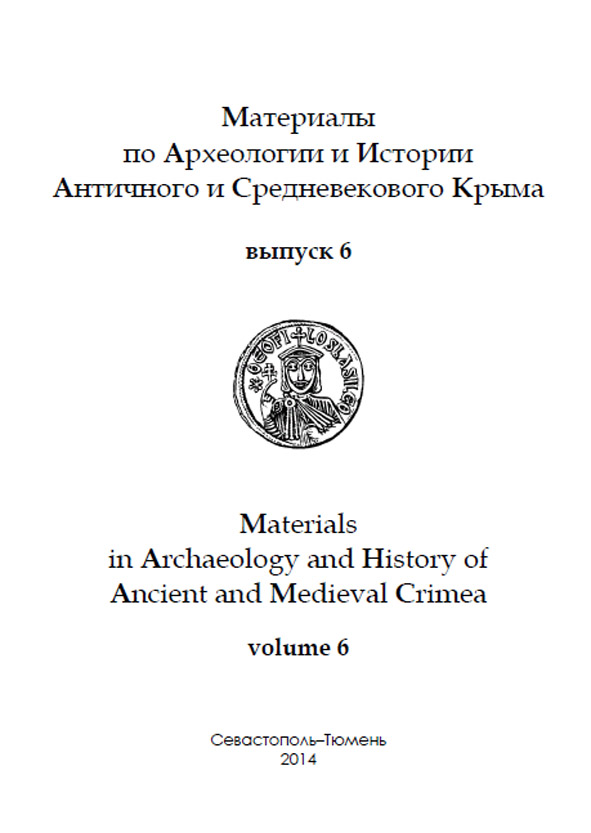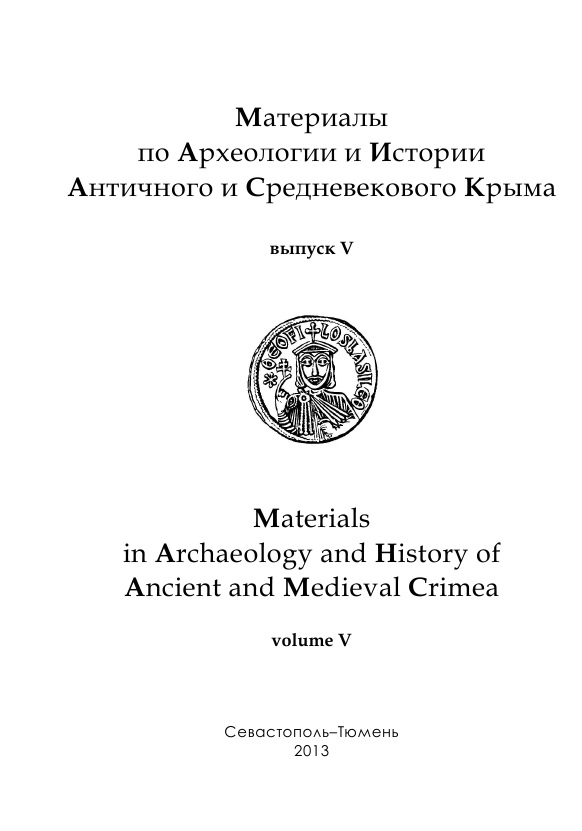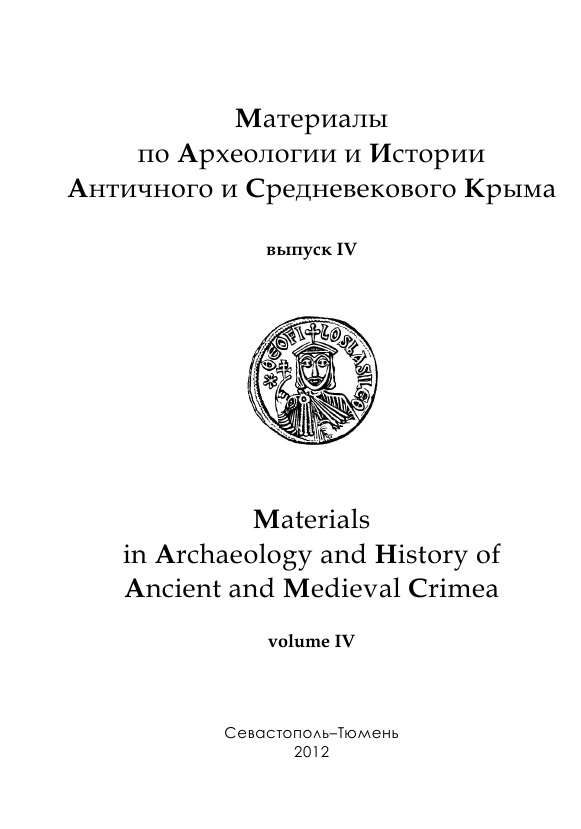
Casual Findings of Archaic Scythian Mirrors in the Northern Black Sea Coast
Случайные находки скифских зеркал эпохи архаики в Северном Причерноморье
Keywords: bronze mirrors with a handle on a turn and Borysthenitic type; Greeks and Scythians; Northwest Black Sea Coast; Scythian forest-steppe; Crimea; North Caucasus; Archaic era
The purpose of this paper is to introduce a series of bronze mirrors dating back to the Archaic Epoch and found in the Northern Black Sea Coast into scientific circulation. The findings published supplement the knowledge available on the Greek import routes within Scythian world which evidence tangible contacts of Greek colonists with nomadic people of the Northern Black Sea Coast.
More...

